Diane von Fürstenberg picks up on the first ring. We are speaking by phone, not on Zoom, so I start by asking her where she is at the moment. “Oh, it’s very complicated,” she says. A drawn-out, gravelly sigh crackles down the line. “I’m in a very contemplative place. I’m almost 77, and I have had a big life. A folkloric life. A great adventure. And now it is time to look at the balance sheet of that life.”
I was actually wondering about her geographical whereabouts, not her philosophical ones, but the answer is pure von Fürstenberg. She has always been one for the big picture, for the grand gesture, for feeling all the feels. Even the wrap dress that made her fame and her fortune – an icon which turns 50 next year – was only ever a means to an end, a way for von Fürstenberg to get the life she wanted. As a little girl, she says, she did not know what she wanted to do when she grew up, but she did know what kind of woman she wanted to be. And that was a woman in charge. “I didn’t know the specifics of what that meant, but I absolutely knew the feeling. And I became the woman I wanted to be, because of that dress. I created the dress, but really the dress created me.”
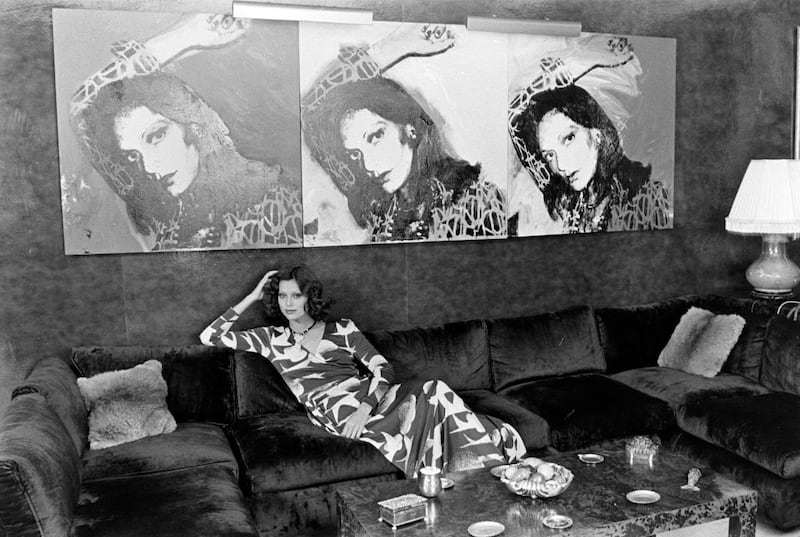
Von Fürstenberg is very much in charge. She cannot help but take the reins of any situation, or any conversation, which makes her almost uninterviewable, but fabulously entertaining to listen to. Eventually, I find out that she is talking to me from her apartment in Manhattan, a glittering glass penthouse with a vast leopard-print carpet and views over the High Line. I’m sad not to get her on camera, because she is glorious to look at: Joan Collins-esque panache with a Bohemian edge. I saw her in the flesh not long ago, and the most photographed cheekbones of the 1970s, as per the New York Times, are still in full effect. “It is wonderful to get older,” she says. “I don’t understand why people don’t like it. Anyway, I always liked to look a little bit destroyed, you know?”
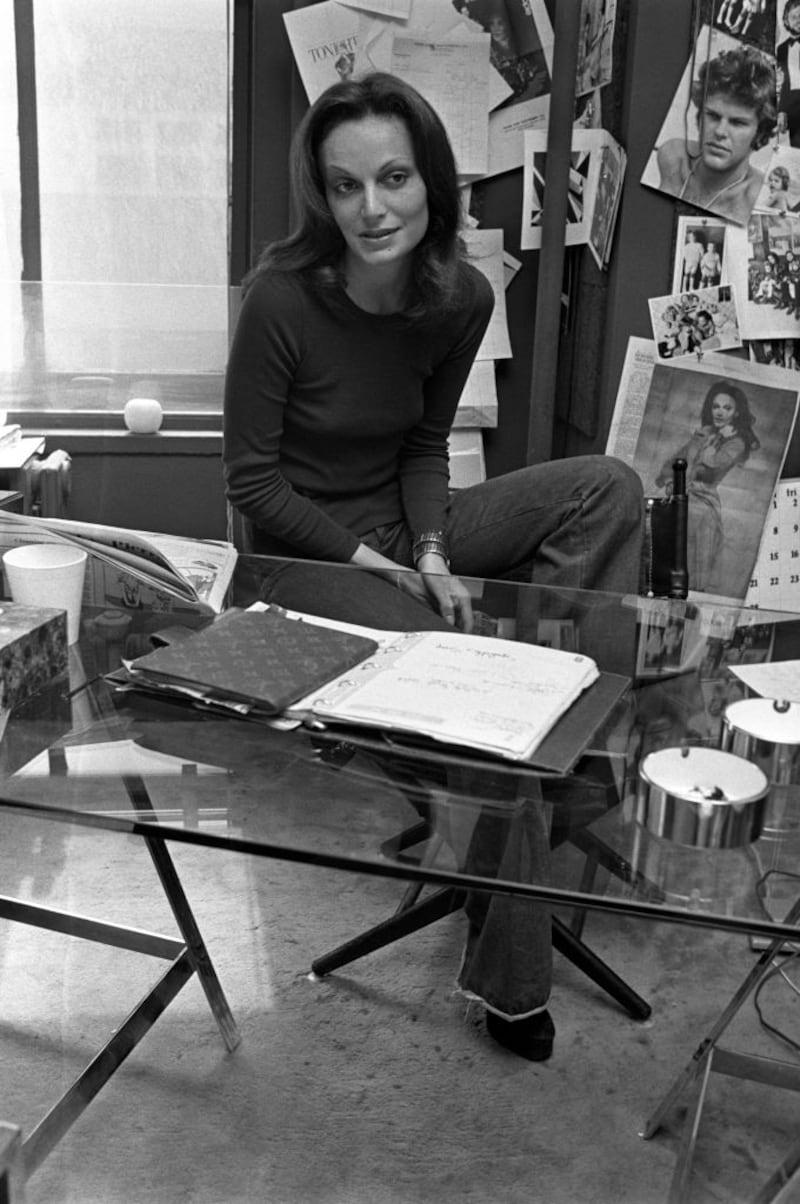
She has been packing a suitcase to take with her to Thanksgiving weekend with her family at Cloudwalk, the Connecticut estate she bought herself for her 27th birthday, when the cheques started rolling in. From there, she will travel to Oxfordshire for Voices, a conference run by the Business of Fashion website, where she will be in conversation with the Pakistani-Canadian film-maker Sharmeen Obaid-Chinoy, the first woman and the first person of colour to direct a Star Wars film (her as yet untitled movie is due for release in 2026), who recently finished a documentary about von Fürstenberg’s life.
In an industry where most trends are lucky to survive for six months, how does one dress last half a century? “That dress is a survivor because it gives a woman the body language of confidence,” von Fürstenberg says. “The tricks of dressmaking are about how a woman feels.” Von Fürstenberg never studied design, but learned the craft of fabric, colour and print in the Italian factories of garment maker Angelo Ferretti in her early 20s. One day, she took a trip to the US to visit her new boyfriend, Prince Egon von Fürstenberg, who she had met at a nightclub in Geneva, and discovered New York. “When I got back to the factory, all I could think about was how to get back to America. So I made some samples and I went back to New York with a suitcase full of little dresses. They were sexy, but proper. Someone said to me, ‘It’s a dress you can get a man in, and his mother doesn’t mind.’”
The secret, von Fürstenberg says, is the fabric. “I remember Christian Lacroix once said to me, ‘Women make clothes, men make costume.’ Male designers don’t like jersey because it’s not particularly beautiful to look at, but when you wear it, you understand the value of it, of how it feels and how it works on the body.” Von Fürstenberg, like Donna Karan, Coco Chanel and Sonia Rykiel, knows that jersey, unprepossessing on the hanger, grows beloved in the wardrobe.
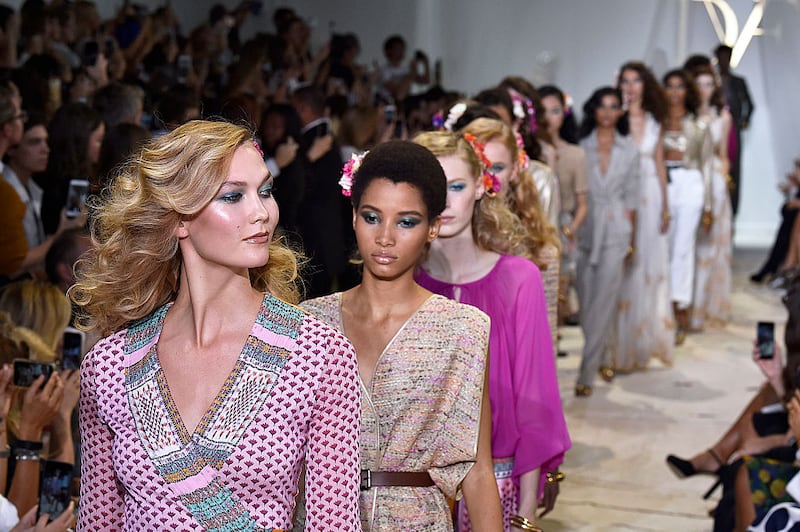
Survival is at the heart of Belgium-born von Fürstenberg’s story. Her mother, Liliane Halfin, was taken to Auschwitz on a cattle train at 21 during the second World War, and later moved to Ravensbrück. When liberation came 13 months later, “she was a bag of bones in a field of ashes”. Hospitalised at a nearby US base, doctors did not expect her to live, let alone go on to have children. But, reunited with her fiance, she married, and gave birth to von Fürstenberg within 18 months.
“I was born so close to being liberated that I consider myself a survivor, too,” von Fürstenberg says. “My birth was a triumph of love over misery. That is my flag. My mother used to call me her torch of freedom, and she wanted me to have a big life.” The legacy sounds like a lot for a little girl to handle. Her mother would bless her bed every night: thankful for the sheets, the blanket, the pillow and the warmth, after sleeping on a wooden plank shared with rats in the concentration camps. When von Fürstenberg was afraid of the dark, her mother locked her in the closet. “She taught me that fear is not an option.”
In the febrile climate of social media, von Fürstenberg has faced criticism for expressing sorrow and sympathy for the loss of innocent lives on both sides of the Israel-Hamas war. There are those who feel that anything less than full-blooded support for Israel constitutes a betrayal of her family history. “I am absolutely devastated by what is happening in the world,” she says. “I don’t know what to say. I look for the light, I believe in peace. As a survivor, I have the right to believe in miracles.”
We talk a little more about the horrors of current events, about compassion and humanity and the sense of hopelessness shared by so many, but later, a few minutes after we finish the interview, my phone rings again and it is von Fürstenberg, concerned about how she phrased her thoughts. “I don’t want to speak out, because there is nothing I can say and I don’t take words lightly,” she says. Her own narrative is a fairy-tale – the miracle baby of a Holocaust survivor, who grew up beautiful and strong and married a Swiss prince – and this bleak moment is no time for fairytales. She is lost for words.
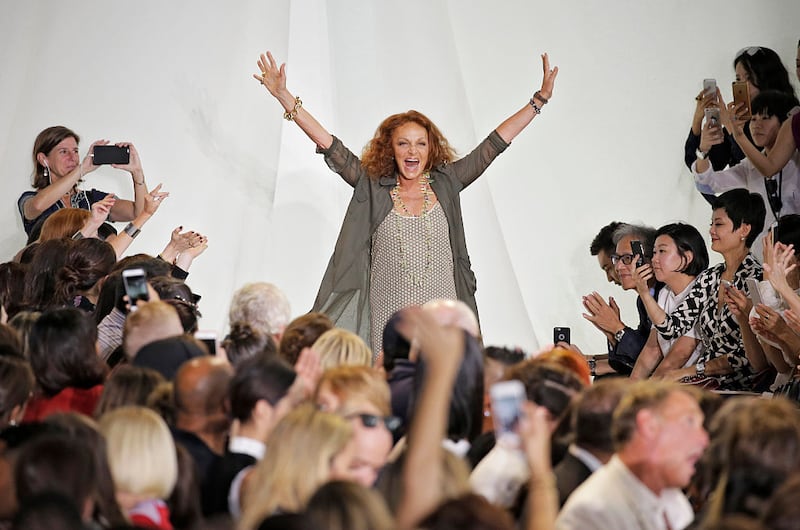
On any other topic, though, she is anything but. Packing always sharpens her mind, she says. “I have had so many of my best ideas when I was packing. I’ve been packing suitcases all my life, I’m always travelling, and if you know how to pack, you know how to live.” Questions roll off her like water from a duck’s back as she steers her own conversational course. If I interject she says, “yes, yes, I’m getting to that,” and then never does. It is hard to feel aggrieved, though, because there is never a dull sentence. In the midst of her paean to the wrap dress which carried her to stardom, she mentions that she has never really worn wrap dresses that much herself. “I never felt like I had the waist,” von Fürstenberg says, “so I prefer a shirtdress.” Later, enthusing about her forthcoming trip to the UK, she reminisces about her teenage years at boarding school in Oxford. “Oxford was where I discovered nature,” she recalls, “and also where I lost my virginity. I have so many good memories.” I attempt a follow-up question to the virginity story, but too late. She has moved on.
Five decades in a notoriously fickle industry has been a rollercoaster ride. “Every 20 years, the young people discover me again. It’s happened twice already,” von Fürstenberg says wryly. The 2000s were boom time, the 2010s saw overexpansion, and when Covid hit in 2020, the DVF (Diane von Fürstenberg) brand came close to bankruptcy. “We had grown very big, and I had hundreds of stores, and suddenly I was losing money. I could have sold the brand for a fortune to someone who would have prostituted it. But I didn’t want to do that.”
Instead, she closed all but one store in the US and streamlined the business, bolstering finances with a strategic partner in Hong Kong, but keeping majority ownership in the family. A pared-down operation, without messy licensing deals to dilute the brand, is part of what the designer calls “a third rebirth” for the label. Talita von Fürstenberg, who at 24 is the eldest of her five grandchildren, is now co-chair of the company, tasked with bringing the DVF brand to generation Z.
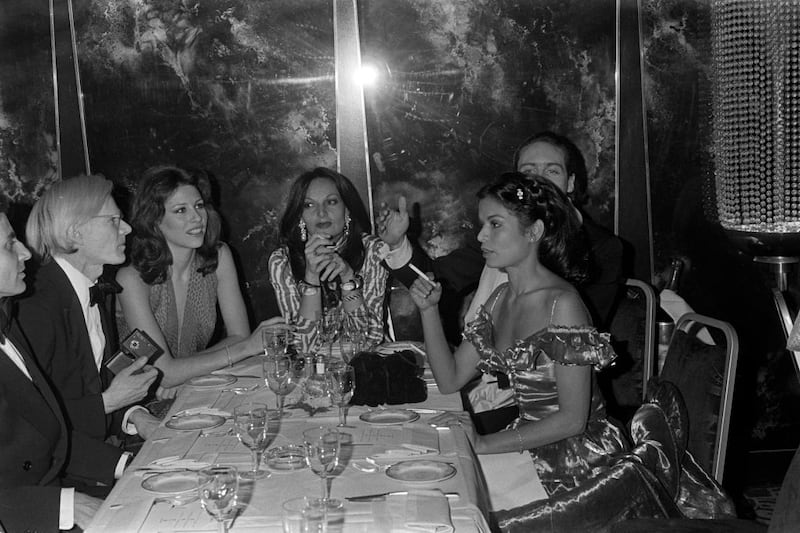
Earlier this year the brand launched a resale platform called ReWrap. Prices range from about £40 (€46) to about £300. (A new DVF wrap dress retails for closer to £500.) “The best way for a dress to be sustainable is for it to live for 50 years,” says von Fürstenberg. “You can find a dress in a vintage store, and it might have lived three lives already, and it will still be in good health, with no holes.” She’s right, by the way: jersey is hard-wearing, and with no fastenings to break and no embellishments to decay, these dresses are virtually indestructible. (My own leopard-print DVF wrap dress is still going strong after 22 years.)
The Swiss prince did not last, however, although he did give her two children and her last name, and they remained on friendly terms – he died in 2004. Since 2001, she has been married to the billionaire media mogul Barry Diller. As well as New York and Connecticut, they have homes in Beverly Hills – where they recently threw an engagement party for their friends Jeff Bezos and Lauren Sánchez attended by Oprah Winfrey and Barbra Streisand. They also have “a nice boat” (Eos, a 92m yacht, from which Diane loves to swim for two hours a day) and a place in Venice, where von Fürstenberg hopes to spend more time, when her work schedule allows.
“Now that I’m in the winter of my life, all the pieces of the puzzle start to make sense,” von Fürstenberg says. “My children call me the Oracle. I have learned many things along the way, and it is time to share that wisdom.” During the pandemic, she wrote Own It: The Secret to Life, which is a sort of manifesto of von Fürstenberg-isms in the form of a dictionary. (Sample extract: “Ego is a positive outlook on oneself that can easily become an unbearable flaw when abused. See narcissism.”) “I’m proud of that little book, because it’s so useful,” she says. “Do you have children? A girl? What’s her name? That’s a beautiful name. How old is she? I will send you a copy for her …”
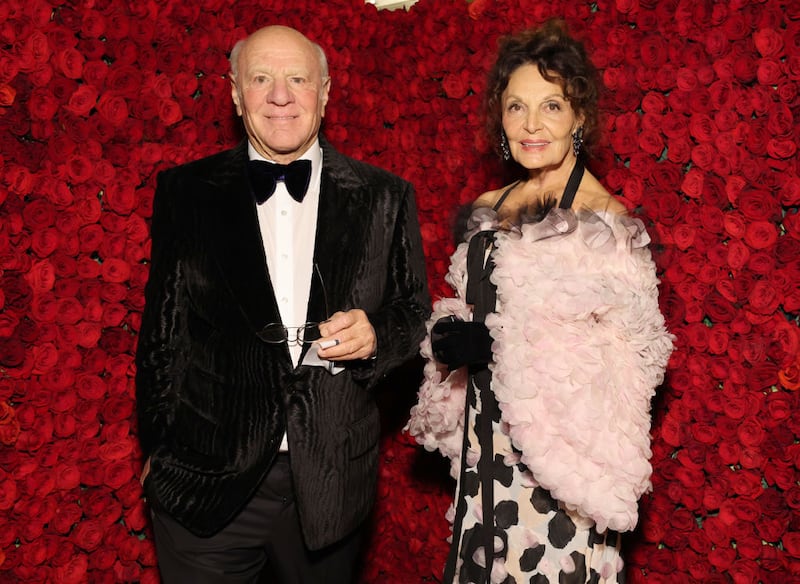
Love affairs with Warren Beatty, Omar Sharif and Richard Gere; nights at Studio 54 with Andy Warhol and fellow designer Halston, surviving cancer. Von Fürstenberg has lived quite the life, and she has kept diaries throughout. When I ask if she plans to publish them, she says no. “They are in French,” she adds, as if this closes the topic. Then, she continues: “A diary is a communication with yourself. That’s the most important relationship you will have.” I hope she changes her mind; her memoirs would be a gripping read. – Guardian
Diane von Fürstenberg is speaking at the Business of Fashion Voices conference for creative and business industry leaders, which runs from November 28-30th










